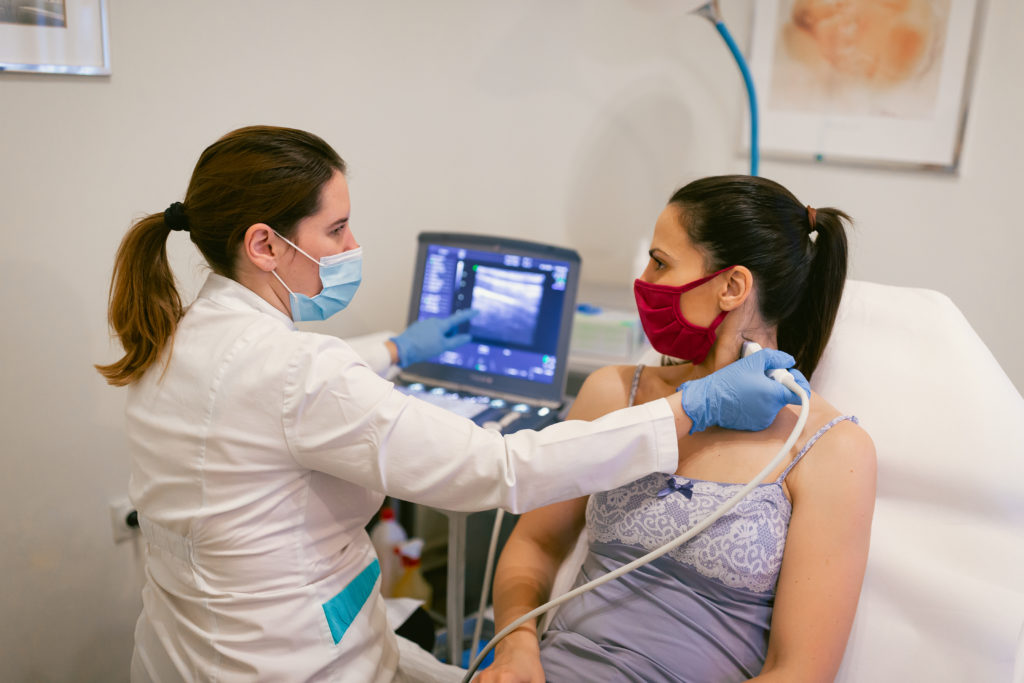As the second most common neurodegenerative disorder in America, Parkinson’s Disease affects 10 million people worldwide. Even though the new incidence rate is 1.5 times higher than that of ten years ago – at nearly 90,000 cases annually – there has been remarkable progress in mitigating the disease’s impact on patients’ lives.
To commemorate Parkinson’s Awareness Month and spread awareness about the disease’s impact on our communities, we spoke with Anna Hohler, MD, FAAN, Chair of the Department of Neurology at St. Elizabeth’s Medical Center in Brighton, MA.
What are the early signs and symptoms of Parkinson’s?
Some of the earliest symptoms of Parkinson’s Disease are not with movement but rather with loss of smell, changes in sleep, acting out dreams, constipation, depression, or anxiety. As the disease progresses, however, patients will likely experience slowness of movements, stiffness usually in one limb that progresses to the rest of the body, wrist tremors, difficulties with walking and balance, and a soft voice. While there is no cure, if caught early, medication can significantly increase patients’ quality of life as they navigate living with the diagnosis.
What are some steps patients can take to get diagnosed early?
It is crucial to look out for the early signs, which can sometimes mimic other disorders, including small strokes and thyroid disease. If a patient is concerned about a potential Parkinson’s diagnosis, they should get evaluated by a neurologist, particularly someone who specializes in movement disorders. They will then receive a neurological examination, which would show any evidence of Parkinson’s. Because Parkinson’s can present like other diseases, lab testing and brain imaging can help to rule out other causes.
Are there any new advancements or breakthroughs in treatment options?
Thanks to improvements in medication therapies and surgical interventions, those living with Parkinson’s can achieve a much better quality of life with reduced symptoms than ten years ago. One area of advancement is in deep brain stimulation surgery, which can be useful both at the beginning and throughout the course of the disease. During this process, the electrical signal can be modified over time depending on the severity of the patient’s symptoms. There are new methods of administering medications, as well, including patches for people experiencing trouble swallowing pills and subcutaneous medications, similar to an insulin pump under the skin, which are awaiting FDA approval.
What’s the best way to support loved ones battling the disease?
One of the most important things in supporting loved ones with Parkinson’s is helping them remember their medications to avoid missing doses. Additionally, exercise slows the progression of Parkinson’s, along with speech, physical, and occupational therapy. While the disease is chronic, having a Parkinson’s diagnosis is much like being diagnosed with diabetes thanks to medical advancements. Taking your medicine, improving your diet, and exercising can all mitigate your symptoms over time.
To find a doctor or schedule an appointment, visit Steward DoctorFinder™.




